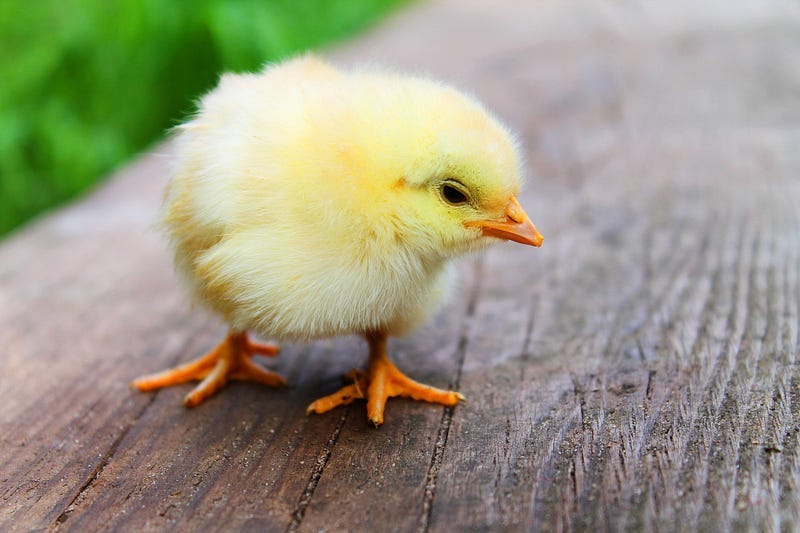
British spelling.
For some, this won’t be an easy story to read, but it’s important to understand how farmed animals are treated.
Where do chickens come from?
Chickens are believed to be descendants of the Red Jungle fowl (Gallus gallus) from Southeast Asia. Domestication of these birds likely began over 7,000 years ago, and their spread across the world was swift due to their ability to provide both meat and eggs.
While wild chickens still exist today, you’d need to venture into the forests of southern Asia to catch a glimpse of them. In contrast, the estimated number of captive chickens alive today is staggering — 34 billion and more.
Chickens raised for meat and eggs are born into highly mechanised, unnatural environments.
On factory farms, these birds are subjected to some of the most severe abuse of all animals bred for food and egg production.
Their lives are a far cry from the natural world they once thrived in, and it’s a reality that deserves our attention.
Egg-laying chickens.

The cruelty begins when the chicks are just one day old.
Male chicks, seen as an unwanted by-product of egg production because they can’t lay eggs and aren’t suitable for meat, are mostly disposed of in two ways: gassing or maceration.
As horrendous as these options are, they almost seem merciful compared to the miserable lives the female hens are forced to endure.
Special breeds of hens are used for egg production, selected for their ability to lay large volumes of eggs.
Most of these hens spend their lives confined to battery cages so small that they can’t even stretch their wings. While wild chickens lay between 10 and 15 eggs a year, hens bred for egg production are pushed to lay around 300 eggs annually, leading to numerous health problems.
After about two years, when their egg production starts to decline, these commercial laying hens are sent to slaughter and replaced, their brief lives spent in relentless production.
Broiler chickens are bred and raised for their meat and treated very inhumanely.

After hatching, many birds undergo the practice of debeaking without any pain relief.
Stress and confinement can lead to cannibalism, which is why portions of their beaks are severed. Parts of chickens’ toes and combs can also be cut off.
Chicks are placed inside large buildings capable of housing hundreds of thousands of birds.
Their miserable lives are short; after about 47 days, they are sent for slaughter, which is maybe not so bad considering the horrendous lives they lead.
Chickens in an outside environment can live for over six years.
Not all hens are confined in an enclosure for 24 hours a day. Some factory-reared hens have access to the outdoors and can roam freely.
These free-range hens can experience the rain and the wind, breathe fresh air, and feel the sun's heat. Would it be unreasonable to give all chickens that opportunity?
Of course, it all comes down to what people are prepared to pay at the supermarket.
Now it is time for their miserable lives to end.
One method of killing factory-farmed chickens is called live shackle slaughter.
The birds’ legs are forced into metal stirrups and hung upside down. From there, they are passed through an electrified bath of water, which hopefully renders them unconscious.
The next part of the process involves having their throats slit.
Then it is time for their bodies to be tossed into boiling water to de-feather them.
And we call ourselves civilised!
I will be sharing a variety of fascinating and educational short stories about the universe and life in my publication.
You can read my stories here for free.
Knowledge Sponge Enjoy.
Subscribing is also free.




Yes, we could do more to ease their suffering. If more people were to choose free range eggs, that would reduce the millions of caged hens.
You may be interested to know that the vegetarian society is currently campaigning for slaughter free dairies and banning "hatch and dispatch" in the egg industry. The "culling" of thousands of male chicks is both abhorrently barbaric and also completely uneccessary when the technology to stop that already exists and is even being used successfully in other countries right now!